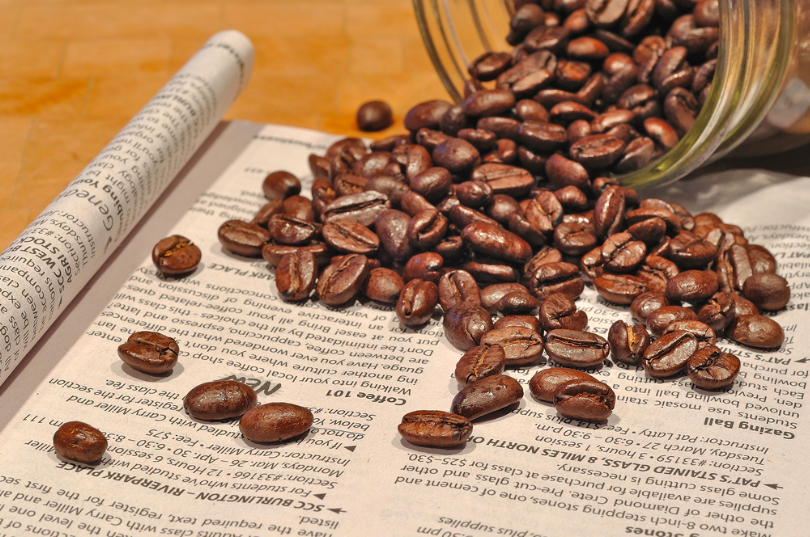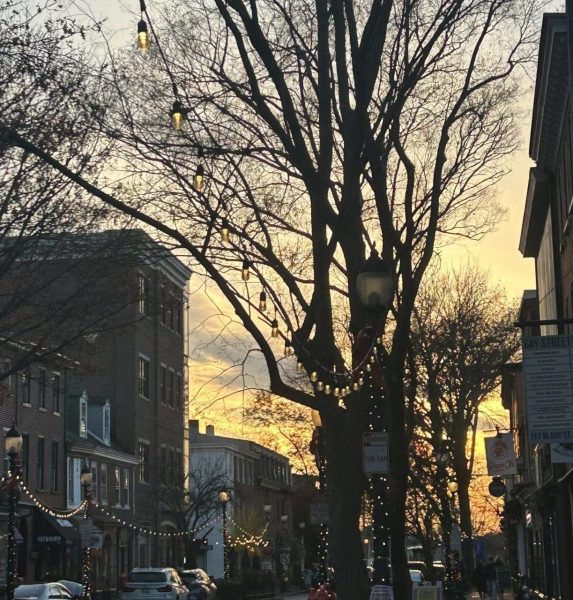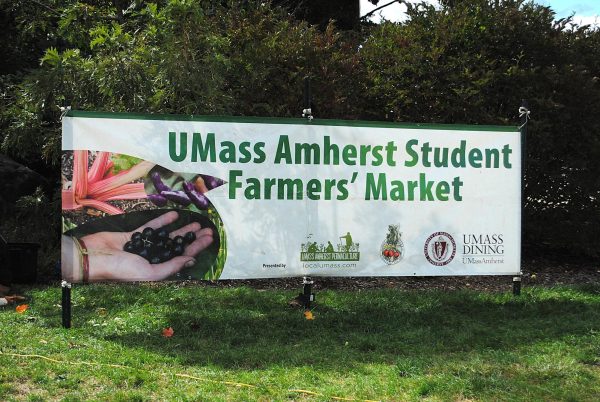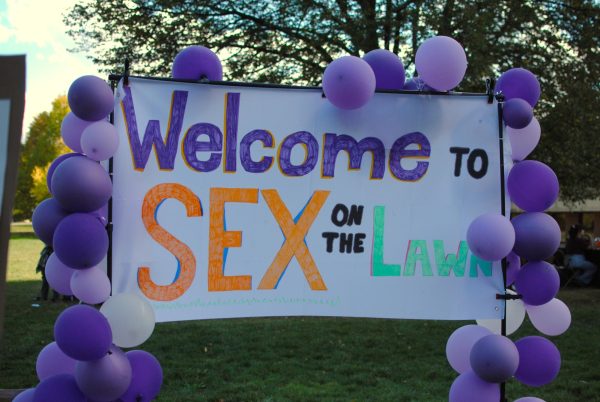Coffee on campus: Perfectly average
The first thing I think about when I wake up in the morning is coffee. Actually, that’s a lie, first I wonder if I can sleep for five more minutes, then I think about coffee.
I’m not a coffee snob. I can’t tell you about the regional characteristics of different beans or the time it takes a good barista to produce a perfect pour-over, but I know when I’ve had a good cup of coffee.
I admit, I am guilty of frequenting the few coffee-centric establishments in Amherst on a regular basis. As a matter of fact, I’m writing this from inside Rao’s.
So with all of that said, I’ve noticed a problem lately, a problem with the coffee on campus. In my opinion, it leaves much to be desired, but I felt a little isolated in this thinking.
I’ve tried coffee all over campus. From the java at the Procrastination Station in the library, to the cup of Joe at People’s Market, and I have been saddened by each sip. The coffee in the dining commons is even worse, burnt and bitter. What about the coffee in Herter? Well, let me just say that I’d rather shove a rusty screwdriver into my neck than attempt to stomach that stuff ever again. So what gives?
Feeling lost in this mystery, I surveyed 100 UMass Amherst students to get a feeling for general thoughts about the coffee at school.
I asked students four questions starting with where students found the best and worst cups of on-campus coffee. Next, I asked respondents to rate their UMass coffee experience on a scale of one to five, one being terrible and five being fantastic. Finally, I asked where students preferred to get coffee off-campus.
The results show that 28 percent of the students prefer the coffee at People’s Market. According to an employee, the co-op uses Dean’s Beans, a local fair trade supplier.
Following in a close second with 24 percent was the Campus Center’s French Meadows Café, which uses People’s Organic Fair Trade Coffee.
Student respondents gave the dining commons a bitter coffee rating with 60 percent of students saying that DC coffee was the worst on campus.
On average, 40 percent of students gave UMass coffee an overall rating of three — perfectly average.
When I asked what off-campus establishments served the best coffee, students were almost equally split between Rao’s and Amherst Coffee at 24 and 20 percent respectively.
I wanted to know what went into a good cup of coffee, so early on a Sunday morning, I interviewed Sam McDonough, a barista who has worked at Amherst Coffee for five years.
According to Sam, good coffee starts with harvesting and processing beans.
A 2007 story in Roast Magazine describes the processing of the beans as perhaps the single most important step in producing a really good cup of coffee—or a really bad cup.
Making or breaking your morning coffee is all in the roasting process. Roast the beans too long and the coffee will taste burnt when brewed. Yuck.
“We roast on the light side. We let the quality of the bean speak for itself,” McDonough said as she got ready to make a latte for a sleepy-eyed customer.
I watched her expert hands move around the levers and knobs of the growling beast of an espresso machine, like they must do dozens of times every day in perfect control.
After harvesting, processing, roasting and grinding, it’s the care put into each cup by the people behind the counter, people like McDonough, that transform beans into the dark liquid gold that I, like many of you, have come to rely on.
Jason Kotoch can be reached at jkotoch@umass.edu.






